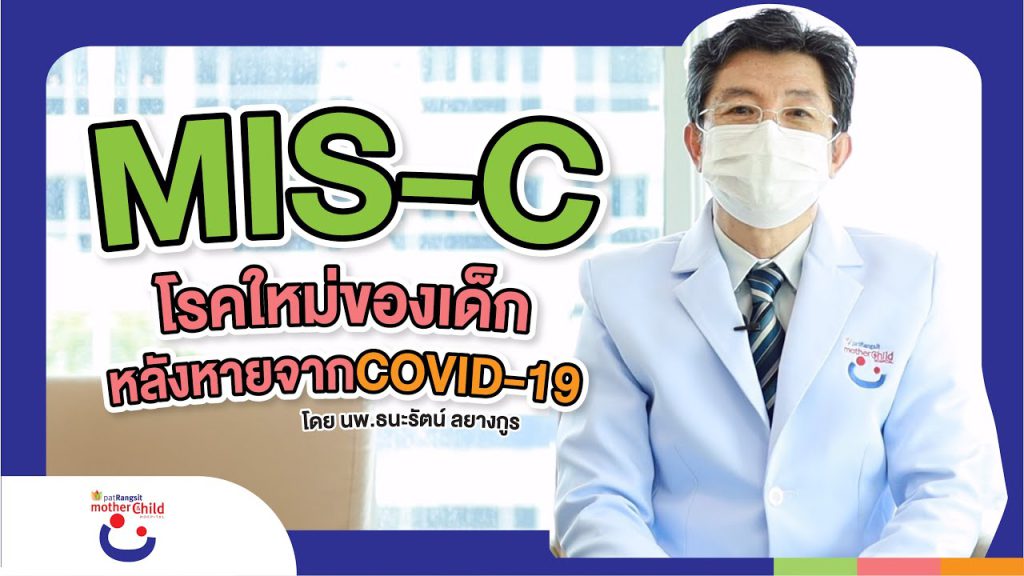
Cause
MIS-C is a syndrome with inflammation of various organs in the body. It is an emerging disease, which can occur after a child is infected with COVID-19. In the beginning, the child may have few symptoms or no symptoms of COVID-19 infection. After about 2-6 weeks (about 1 and a half months), the child will have a fever. It is believed to be caused by the body's immune response to COVID-19, then followed by the symptoms of inflammation of various organs.
Symptom
A child often has a high fever along with symptoms indicating inflammation of at least 2 other organs, the most common being the heart and gastrointestinal organs. Sometimes, a child may have symptoms that are related to several systems such as the skin system, respiratory system, nervous system, and urinary system. In young children, there may be symptoms like Kawasaki fever, including red eyes and rashes, but MIS-C is more severe to the circulatory system. It is severe because there is an aneurysm of the arteries that feed the heart; for instance, the contraction of the heart is abnormal. A child may likely get a seizure more than a child who has Kawasaki fever.
Treatment
The treatment has changed over the past two years. Research shows that the treatment is effective through Immunotherapy (IVIG) given intravenously. This treatment is the same as the treatment for Kawasaki fever. Immunosuppressants (steroids) and new drugs are used to treat localized inflammation in severe cases. Taking aspirin to reduce platelet aggregation can prevent thromboembolic complications in children with coronary artery aneurysms. Most of the treatment results are good but there is a mortality rate in severe cases. Long-term follow-up is still needed.
VDO:
เว็บไซต์นี้มีการใช้งานคุกกี้ เพื่อเพิ่มประสิทธิภาพและประสบการณ์ที่ดีในการใช้งานเว็บไซต์ของท่าน